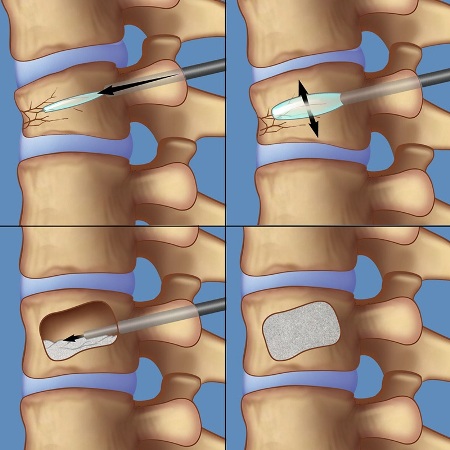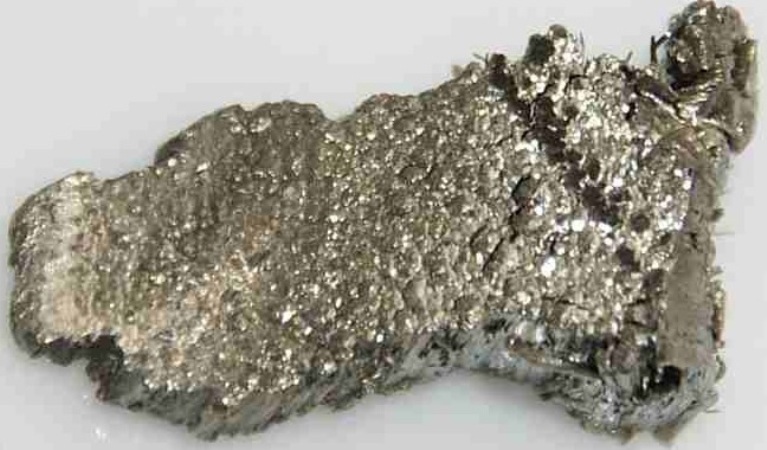
The global market for rheumatoid arthritis treatments is expected to grow at a CAGR of...
Learn More
Our consulting solutions address company specific challenges with respect to micro environment...
Learn More
Organizations frequently need day-today research guidancein order to gain strategic...
Learn More
Exploring different areas of market research and market analysis is a key factor...
Learn MoreAcute Market Reports presents the most extensive global business research services across industries. Our research studies focus on potential outcomes, benefits, and risks associated with each market segment across geographies. Having served our global clients for more than 10 years, our prime priority is to enable our clients in making well-informed business decisions through a data-driven, analytical, and uncomplicated research approach.
We provide access to the world's most comprehensive, analytical, and updated business intelligence services and solutions.




The intelligent all-wheel drive (AWD) system market is expected to witness a CAGR of 16.7% during the forecast period of 2025 to 2033. The intelligent AWD system market is propelled by drivers such as enhanced vehicle performance and safety, the grow...
Read More
The kyphoplasty market is expected to experience a CAGR of 5.5% during the forecast period of 2025 to 2033, driven by the rising prevalence of vertebral compression fractures (VCFs) and the growing aging population. Kyphoplasty is a minimally invasiv...
Read More
Meitnerium, with the atomic number 109, is a synthetic element that falls under the category of transactinide elements. It was first synthesized in1982 by a team of German scientists led by Peter Armbruster and Gottfried Münzenberg. Meitnerium i...
Read More




